Increasing Demand for Indoor Farming
The Grow Lights Market is witnessing a notable increase in demand for indoor farming solutions. As urbanization continues to rise, the need for efficient food production methods becomes more pressing. Indoor farming, which relies heavily on artificial lighting, is becoming a viable alternative to traditional agriculture, particularly in urban areas where space is limited. According to recent estimates, the indoor farming market is projected to grow at a compound annual growth rate of over 20% in the coming years. This trend is further supported by the growing consumer preference for locally sourced and fresh produce, which indoor farming can provide year-round. Consequently, the demand for specialized grow lights that cater to the unique requirements of indoor farming is expected to propel the Grow Lights Market forward, creating new opportunities for manufacturers and suppliers.
Expansion of Hydroponics and Aquaponics
The Grow Lights Market is benefiting from the expansion of hydroponics and aquaponics systems. These innovative farming methods, which utilize nutrient-rich water instead of soil, are gaining traction among both commercial growers and hobbyists. The reliance on artificial lighting in these systems necessitates the use of specialized grow lights to optimize plant growth. Market data suggests that the hydroponics market is expected to grow significantly, with projections indicating a compound annual growth rate of over 25% in the next few years. This growth is likely to drive demand for advanced grow lights that can cater to the specific light spectrum needs of various crops. As more individuals and businesses adopt hydroponics and aquaponics, the Grow Lights Market is poised for substantial growth, presenting opportunities for innovation and product development.
Rising Awareness of Health and Wellness
The Grow Lights Market is increasingly influenced by the rising awareness of health and wellness among consumers. As individuals become more conscious of their dietary choices, there is a growing interest in home gardening and the cultivation of organic produce. This trend is particularly evident in urban areas, where space constraints make traditional gardening challenging. Grow lights provide an effective solution for individuals looking to grow their own fruits, vegetables, and herbs indoors. Market Research Future indicates that the home gardening segment is expected to witness a significant increase, with many consumers investing in grow lights to support their gardening endeavors. This heightened interest in home gardening not only drives sales of grow lights but also fosters a community of health-conscious individuals who prioritize fresh and organic produce. As a result, the Grow Lights Market is likely to experience sustained growth in response to this trend.
Technological Innovations in Grow Lights
The Grow Lights Market is experiencing a surge in technological innovations, particularly with the advent of LED technology. These advancements have led to more energy-efficient lighting solutions that not only reduce electricity consumption but also enhance plant growth. For instance, the efficiency of LED grow lights can reach up to 90%, significantly outperforming traditional lighting systems. This shift towards advanced lighting technologies is expected to drive market growth, as consumers increasingly seek sustainable and cost-effective solutions for indoor gardening and commercial agriculture. Furthermore, the integration of smart technologies, such as IoT-enabled grow lights, allows for precise control over light intensity and spectrum, catering to the specific needs of various plants. As a result, the Grow Lights Market is likely to witness a robust expansion fueled by these technological advancements.
Focus on Sustainable Agriculture Practices
The Grow Lights Market is increasingly influenced by the global focus on sustainable agriculture practices. As environmental concerns rise, farmers and growers are seeking ways to minimize their ecological footprint. Grow lights, particularly energy-efficient LED systems, align with these sustainability goals by reducing energy consumption and greenhouse gas emissions. Reports indicate that the adoption of energy-efficient lighting can lead to a reduction in energy costs by up to 50%, making it an attractive option for growers. Additionally, the use of grow lights allows for year-round cultivation, reducing the need for transportation and storage of produce, which further contributes to sustainability. This alignment with sustainable practices is likely to enhance the appeal of the Grow Lights Market, as more stakeholders prioritize eco-friendly solutions in their operations.
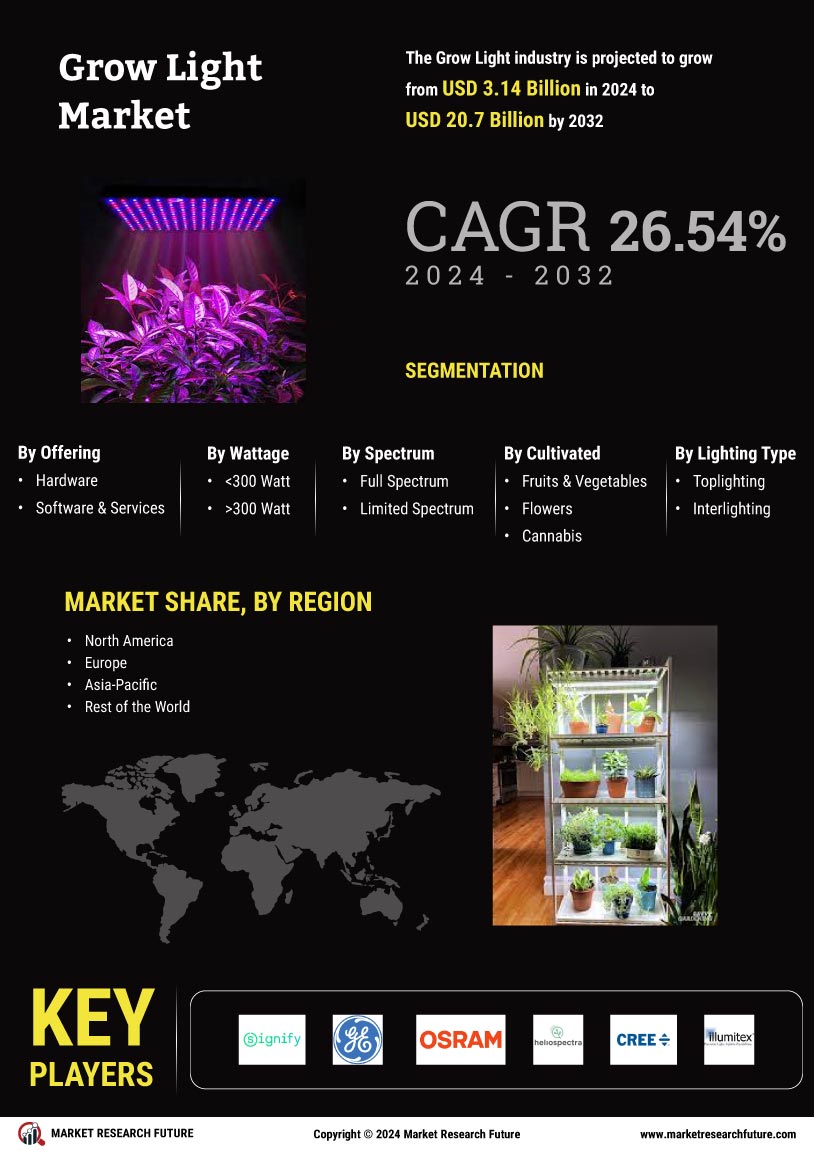

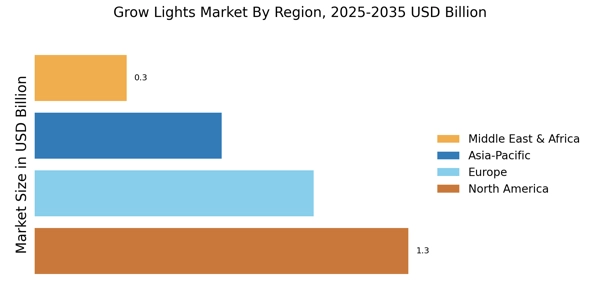

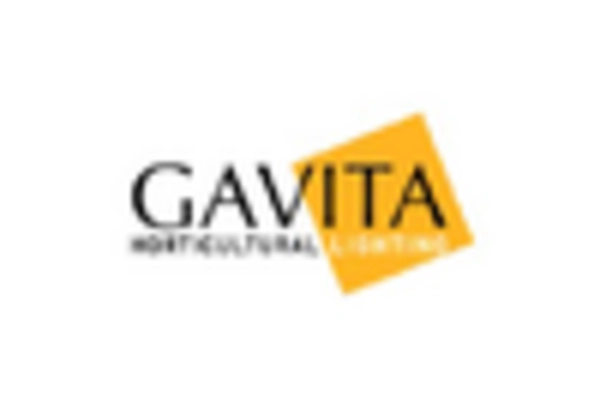
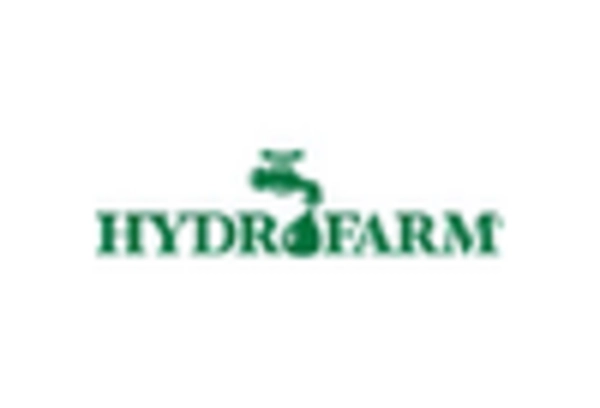
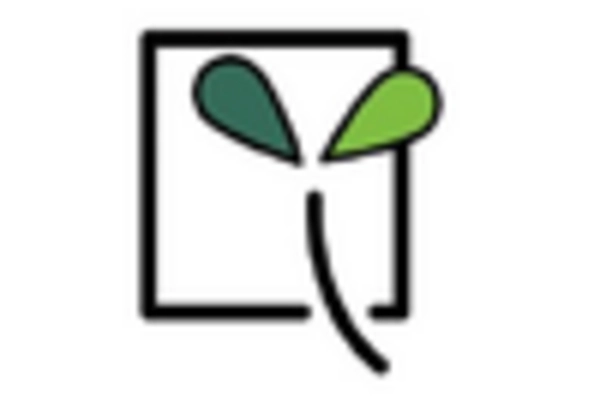
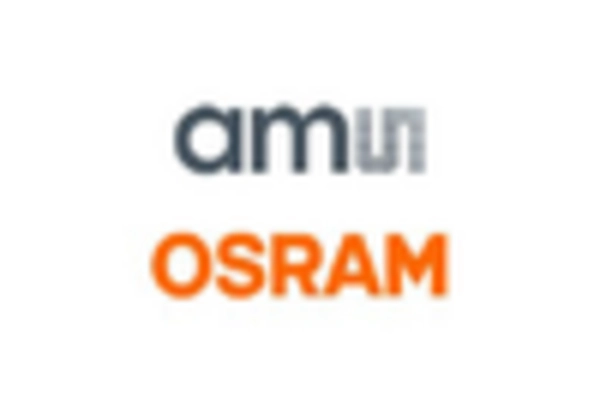









Leave a Comment